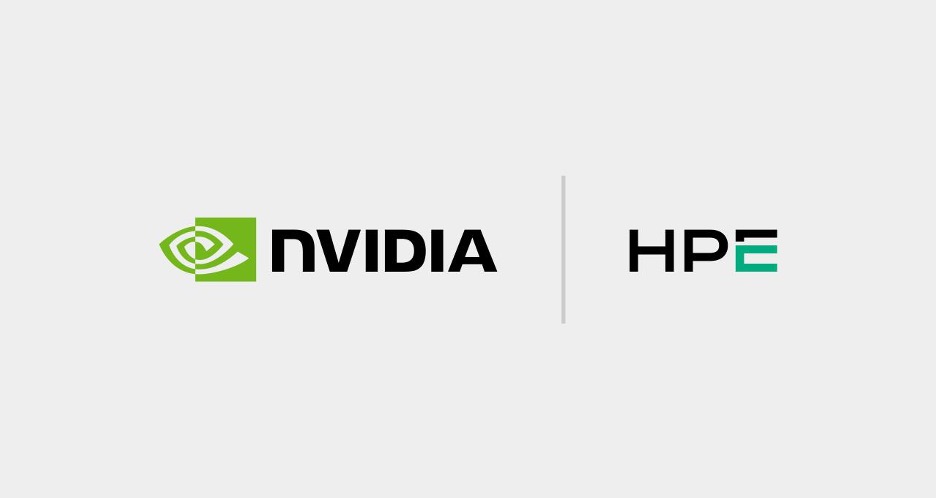
To speed up AI adoption across industries, HPE and NVIDIA today launched new AI factory offerings at HPE… Read Article

To speed up AI adoption across industries, HPE and NVIDIA today launched new AI factory offerings at HPE… Read Article
The age of video analytics AI agents is here. Video is one of the defining features of the modern digital landscape, accounting for over 50% of all global data traffic…. Read Article
Tens of thousands of companies worldwide rely on Apache Spark to crunch massive datasets to support critical operations, as well as predict trends, customer behavior, business performance and more. The… Read Article
NVIDIA GPUs powered deep learning to decode years of Cassini data in seconds—helping researchers pioneer a smarter way to explore alien worlds…. Read Article
Austin is drawing people to jobs, music venues, comedy clubs, barbecue and more. But with this boom has come a big city blues: traffic jams. Rekor, which offers traffic management… Read Article
It all started at Berlin’s Merantix venture studio in 2022, when Silviu Homoceanu and Max Fischer agreed AI could play a big role in improving manufacturing. So the two started… Read Article
After the 2008 financial crisis and increased risk-management regulations that followed, Pierre Spatz anticipated banks would focus on reducing computing expenses. As global head of quantitative research at Murex, a… Read Article
Generative AI promises to revolutionize every industry it touches — all that’s been needed is the technology to meet the challenge. NVIDIA founder and CEO Jensen Huang on Monday introduced… Read Article
You might say that James Alberque has a bird’s-eye view of the road congestion and challenges that come with a booming U.S. city. Alberque analyzes traffic data for Raleigh, North… Read Article